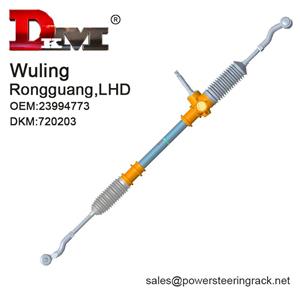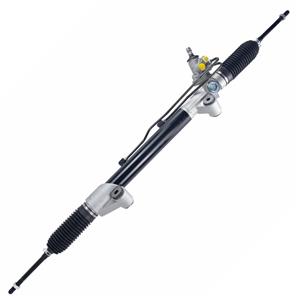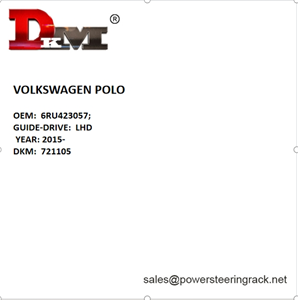What are the common faults of hydraulic power steering?
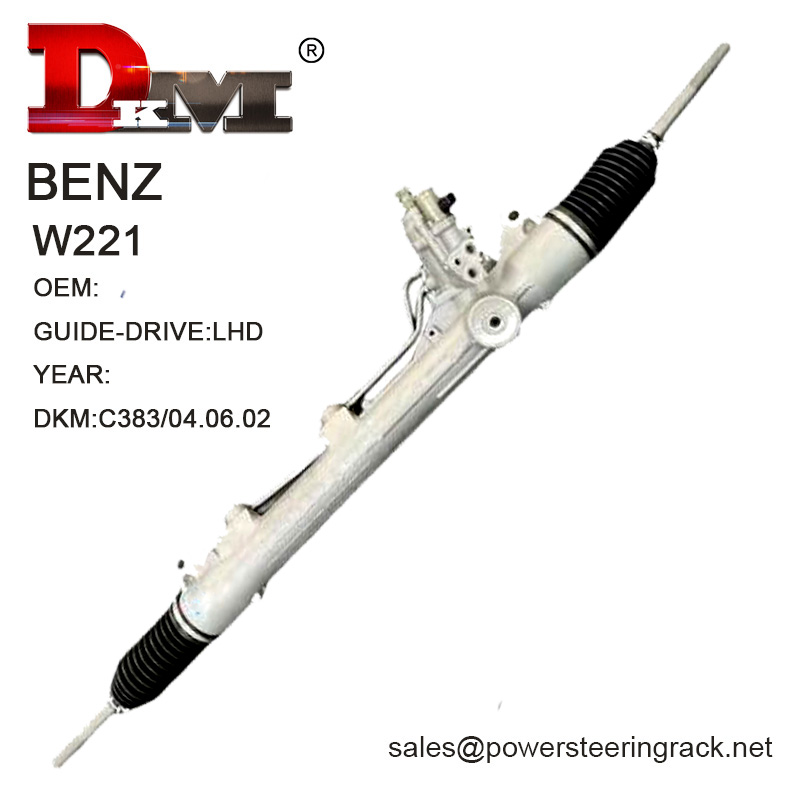
As a key component in the automotive steering system, the main function of the hydraulic power steering is to reduce the driver's steering force through hydraulic power assistance and improve the vehicle's maneuverability. However, as the vehicle is used for a longer time or is affected by the use environment, various faults may occur in the hydraulic power steering.
These faults will not only affect the driving experience, but may also pose a threat to driving safety. This article will discuss in detail the common faults of hydraulic power steering and their manifestations.
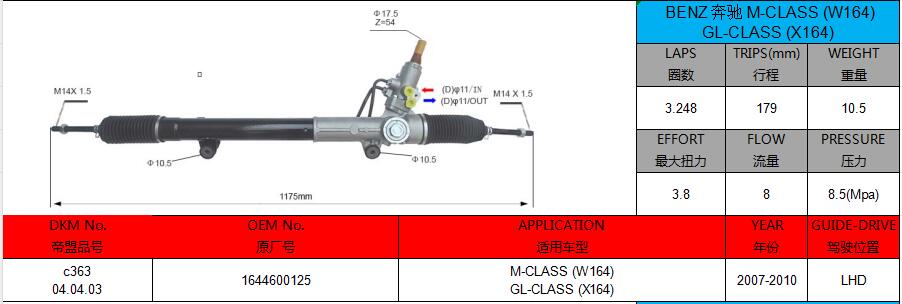
What is the working principle of hydraulic power steering?
Before understanding the specific faults, let's briefly review the structure and working principle of hydraulic power steering. The hydraulic power steering system mainly includes a steering pump, a steering rack, a hydraulic oil pipe and a steering booster. When the driver turns the steering wheel, the steering pump starts to work, and the hydraulic oil is transported to the steering rack through the oil pipe, thereby providing power to the steering rack and making it easier for the vehicle to steer.
What are the common faults of hydraulic power steering?
Common faults of hydraulic power steering are:
1. Hydraulic oil leakage
2. Hydraulic pump failure
3. Steering power reduction or loss
4. Steering wheel vibration or abnormal noise
5. Steering wheel automatic return failure
6. Steering failure or loss of control
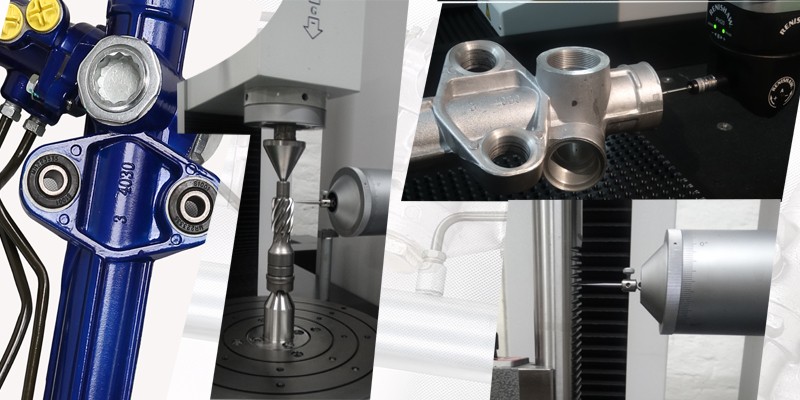
Hydraulic oil leakage
● Fault manifestation: Hydraulic oil leakage is one of the most common faults of hydraulic power steering. The main manifestation is that the steering power is weakened or even completely lost, and the driver needs to use more force to turn the steering wheel. At the same time, traces of hydraulic oil may be found at the bottom of the vehicle or in the engine compartment.
● Cause of failure: Hydraulic oil leakage is usually caused by aging of hydraulic oil pipes, wear of sealing rings or loose joints. When hydraulic oil leaks, the oil pressure in the system is insufficient, which affects the provision of steering power.
● Solution: When hydraulic oil leakage is found, the hydraulic oil pipeline, sealing ring and joints should be checked as soon as possible, and the damaged parts should be repaired or replaced. At the same time, replenish or replace the hydraulic oil to ensure the normal operation of the system.
Hydraulic pump failure
● Fault manifestation: When the hydraulic pump fails, the steering wheel will become abnormally heavy, especially at low speed or parking, the force required to turn the steering wheel will increase significantly. Abnormal noise from the hydraulic pump, such as humming or sharp friction, is also a common manifestation of hydraulic pump failure.
● Fault cause: Hydraulic pump failure is usually caused by internal mechanical wear, bearing damage or hydraulic oil contamination. When the mechanical parts in the pump are worn or the bearings are damaged, the efficiency of the hydraulic pump will decrease and it will not be able to provide sufficient hydraulic oil pressure, resulting in insufficient power assistance. In addition, contaminants in the hydraulic oil may cause blockage inside the hydraulic pump, further affecting its normal operation.
● Solution: When the hydraulic pump fails, the damaged parts or the entire pump body should be checked and replaced in time. It is recommended to replace the hydraulic oil regularly and use high-quality hydraulic oil recommended by the manufacturer to reduce the damage of contaminants to the hydraulic pump.
Weakened or lost steering power
● Fault manifestation: Weakened or completely lost steering power is a more serious fault manifestation of the hydraulic power steering. The driver will feel that the steering wheel has become abnormally heavy, especially at low speeds. In this case, the driver must use more force to turn the steering wheel, and the vehicle's handling is greatly reduced.
● Cause of failure: This situation is usually caused by insufficient pressure inside the hydraulic system, which may include decreased hydraulic pump efficiency, insufficient hydraulic oil or oil circuit blockage. In addition, aging or damage to the seal inside the steering rack can also cause power failure.
● Solution: First check the hydraulic oil level and replenish or replace it if necessary. If the problem persists, check the condition of the hydraulic pump and steering rack, and repair or replace the faulty parts.
Steering wheel vibration or abnormal noise
● Fault manifestation: When turning the steering wheel, the driver may feel the steering wheel vibrate or hear abnormal noises from the steering system. These noises may include humming, hissing or grinding, and the vibrations are usually related to the steering angle and speed.
● Cause of failure: There are many reasons for vibration or noise, including bubbles in the hydraulic oil pipe, poor quality or contamination of the hydraulic oil, and poor meshing of the steering rack and gear. Especially when there are bubbles inside the hydraulic system, the hydraulic oil will produce cavitation, resulting in instability of the steering system, which in turn produces vibration and noise.
● Solution: Check the quality and level of the hydraulic oil, and remove the air in the system to ensure that there are no bubbles inside the hydraulic system. If vibration or noise still exists, you may need to check and adjust the meshing of the steering rack and the gear, and repair or replace it if necessary.
Steering wheel automatic return failure
● Fault manifestation: Under normal circumstances, when the driver turns the steering wheel and lets go, the steering wheel should automatically return to the neutral position (straight driving position). However, when the hydraulic power steering fails, the steering wheel may not return automatically, causing the vehicle to remain in a deflected state while driving.
● Cause of failure: Failure of the steering wheel to return automatically is usually related to poor coordination between the steering rack and the hydraulic oil pressure. Insufficient pressure in the hydraulic system or problems with the quality of the hydraulic oil will cause the steering wheel return function to fail. In addition, wear or jamming of mechanical parts inside the steering rack may also cause this problem.
● Solution: First check the level and quality of the hydraulic oil, and ensure that the pressure in the system is normal. If the problem persists, it is recommended to inspect and repair the steering rack and replace related parts if necessary.
Steering failure or loss of control
● Fault manifestation: Steering failure or loss of control is one of the most serious faults of hydraulic power steering. In this case, the driver may be completely unable to control the steering wheel, causing the vehicle to lose steering ability. This situation is extremely dangerous, especially at high speeds or complex road conditions.
● Fault cause: Steering failure is usually caused by serious faults inside the hydraulic system, such as complete failure of the hydraulic pump, serious leakage of hydraulic oil, and steering rack jamming. In addition, mechanical faults inside the steering system, such as gear breakage and bearing failure, may also cause steering failure.
● Solution: Once steering failure occurs, stop the car immediately and turn off the engine to avoid further driving. At this time, you need to contact professional maintenance personnel immediately to inspect and repair the vehicle, and do not try to drive it yourself.
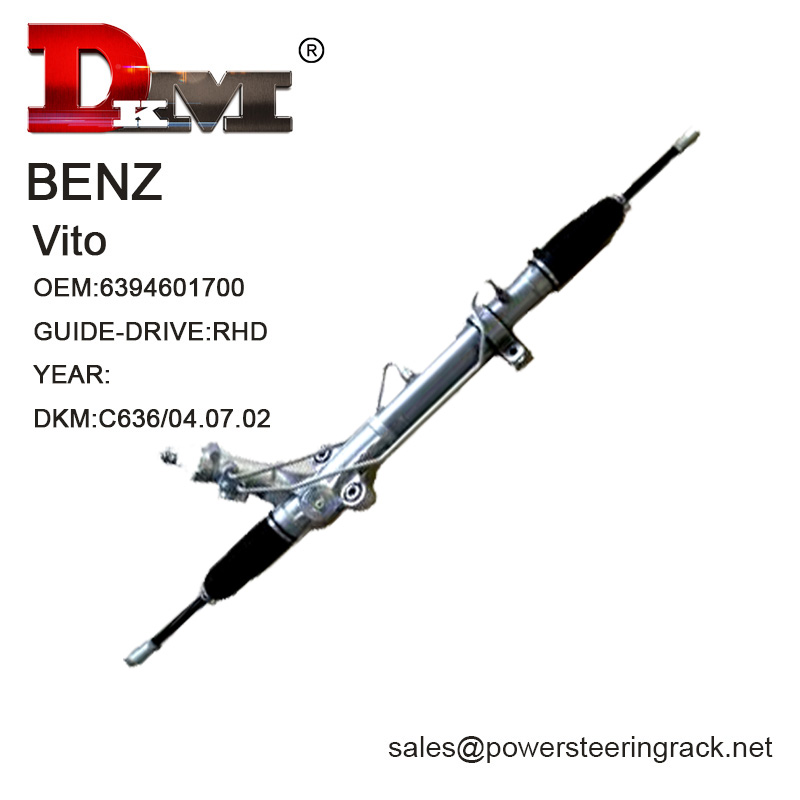
How to prevent hydraulic power steering failure?
Failure of hydraulic power steering may have a significant impact on the vehicle's handling and safety, so it is particularly important to prevent failures. Here are some preventive measures:
● Check the hydraulic oil regularly: Make sure the hydraulic oil level is normal and replace the hydraulic oil regularly to avoid system failures caused by oil quality problems.
● Replace aging parts in time: hydraulic oil pipes, seals and other aging parts should be replaced in time to avoid oil leakage or system failure caused by aging.
● Avoid excessive use of the steering system: long-term low-speed driving or frequent steering may accelerate the wear of the hydraulic pump and steering rack, so try to avoid these operations.
● Regular maintenance: perform vehicle maintenance on time and check each component of the steering system to ensure its normal operation.

